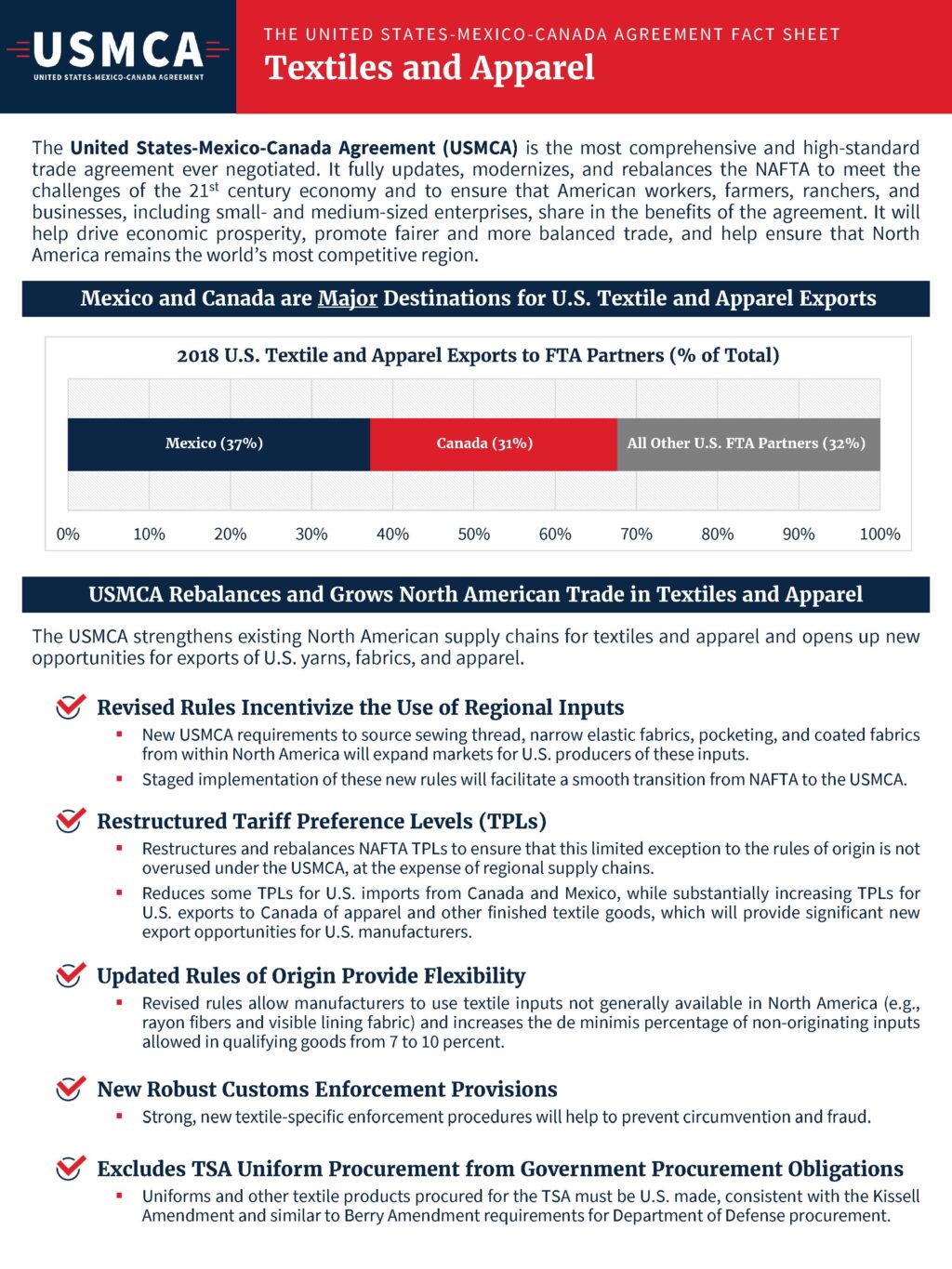
Introduction
The United States-Mexico-Canada Agreement (USMCA) is a vital trade deal that significantly impacts goods traded between North America’s three major economies. This agreement, which replaced the North American Free Trade Agreement (NAFTA), aims to boost trade and strengthen economic ties while addressing modern trade issues. Understanding USMCA goods is crucial for businesses, policymakers, and consumers as it creates a framework that facilitates smoother cross-border trade and protects regional interests.
Key Features of USMCA Goods
Implemented in July 2020, the USMCA introduces several key features affecting goods traded among the three nations:
- Origin Rules: One of the cornerstones of USMCA is the updated rules of origin, which require that a higher percentage of the content of a product be made in the US, Canada, or Mexico for it to qualify for zero tariffs. For automobiles, for example, 75% of the components must be sourced from within the region.
- Labor Standards: The agreement includes provisions to ensure fair labor practices. Certain goods produced in labor-intensive industries must meet specific wage requirements, estimated to increase wages and improve working conditions in the manufacturing sector in Mexico.
- Digital Trade: USMCA addresses the digital economy by facilitating cross-border data flows and limiting customs duties on digital products, which is crucial in today’s interconnected market.
- Environmental Protections: The agreement promotes sustainable trade practices, ensuring that goods are manufactured in a manner that protects the environment.
Impact of USMCA Goods on Trade
The USMCA represents a significant shift in trade relations between the three countries. By establishing stronger rules around goods, it aims to deter trade imbalances and foster a fair competitive environment. According to a report by the U.S. International Trade Commission, the USMCA is expected to increase U.S. GDP by $68.2 billion and create 176,000 jobs in the automotive sector alone.
Conclusion
The significance of the USMCA goods provisions cannot be overstated. For businesses, understanding these changes is vital for compliance and strategic planning. As goods continue to flow across borders, the agreement not only shapes the future of trade in North America but also serves as a model for international cooperation on trade regulations. As we move forward, it will be essential to monitor how these rules evolve and their real-world implications for industries affected by these regulations.



